Seed Picking
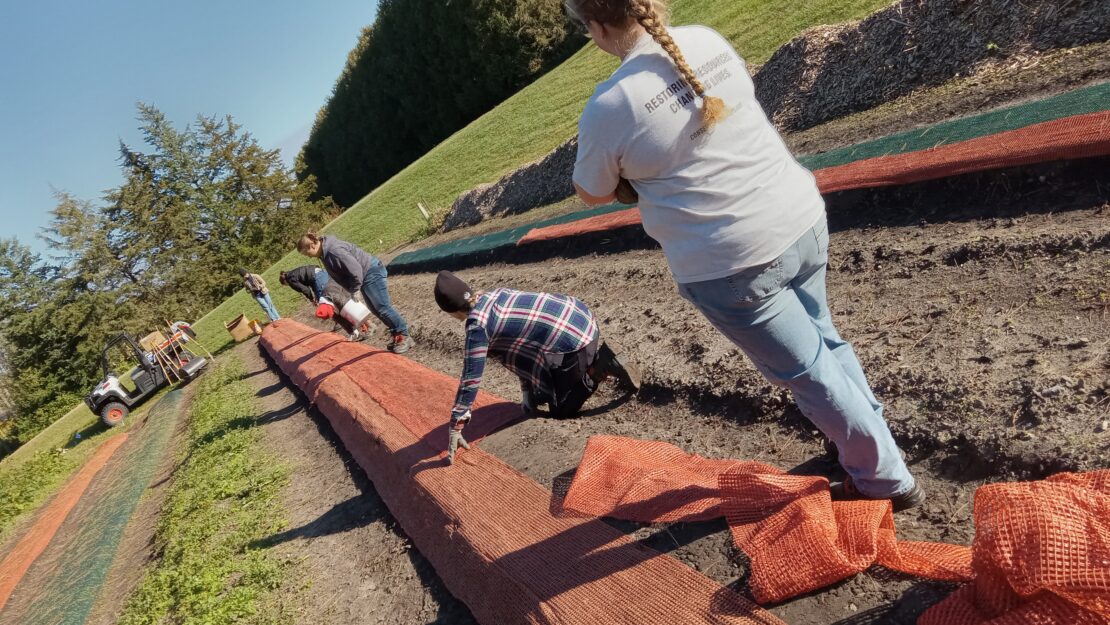
By Karolyn Preiss, Three Rivers 3 Field Crew Member / AmeriCorps Member
I believe that the shear amount of work done by natural resource conservationists may largely go unobserved or unnoticed by the general populace, but what they do can actually be fairly astounding.
The nursery where the Three Rivers Conservation Crews are stationed, for example, does an amazing amount of work using a wide array of skillsets.

They plant hundreds of thousands of seeds each year, weeding around every single one of them as they grow from sprouts to seedlings to saplings. They sort tens of thousands of trees as well, taking them from the earth and putting them into cold storage to keep them safe from the vagaries of Minnesota winter, then create seedling chaos come spring in the hopes of attaining an organically random dispersal of trees at planting sites.
Later on, they physically plant said tens of thousands of trees under the heat of the blazing, early summer sun.
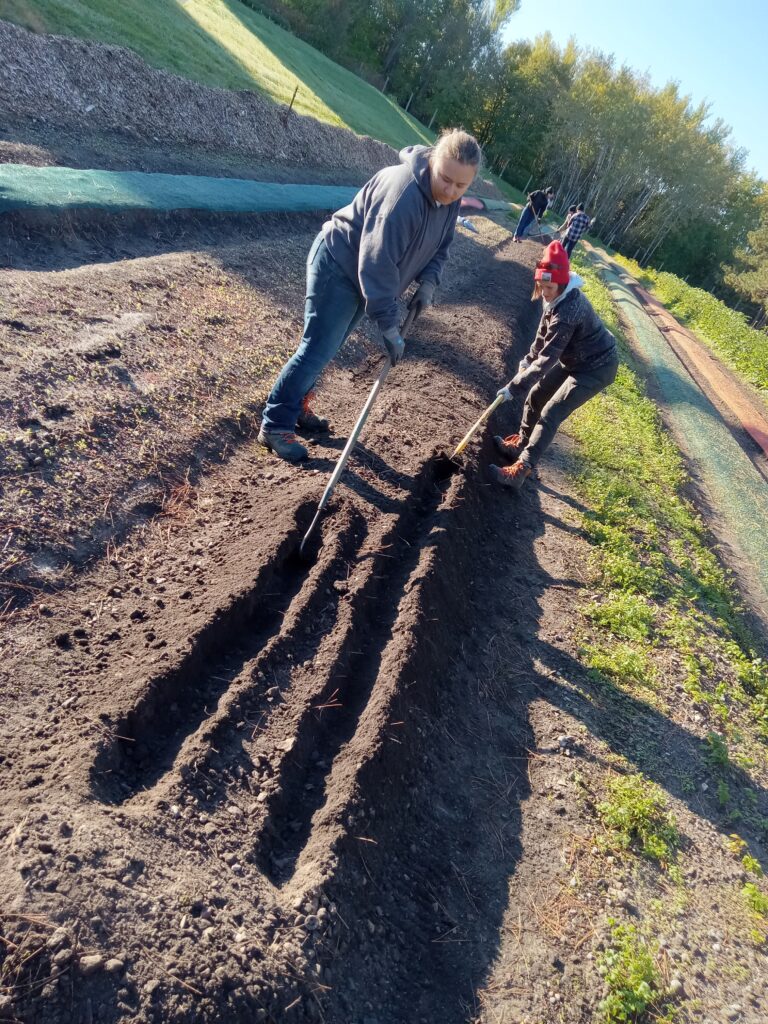
In late spring, they set fire to the undergrowth, taking measures to control the flames, as they clear the way for new life over many acres of established wildlands by burning away invasives that may encroach upon vulnerable native sprouts.
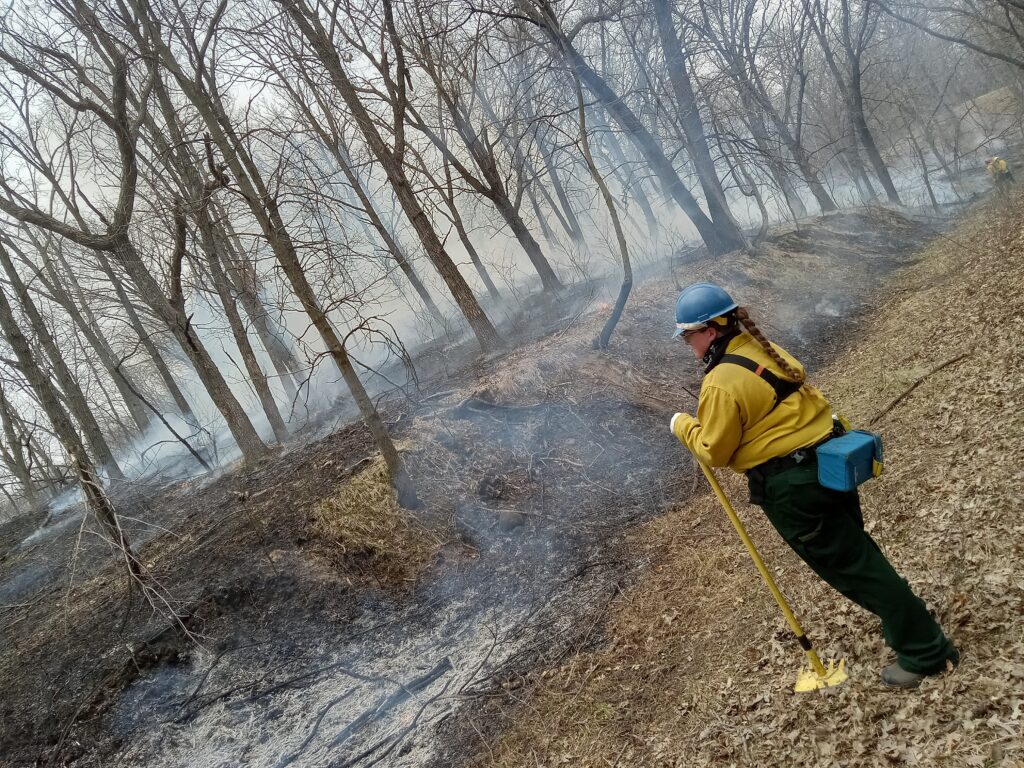
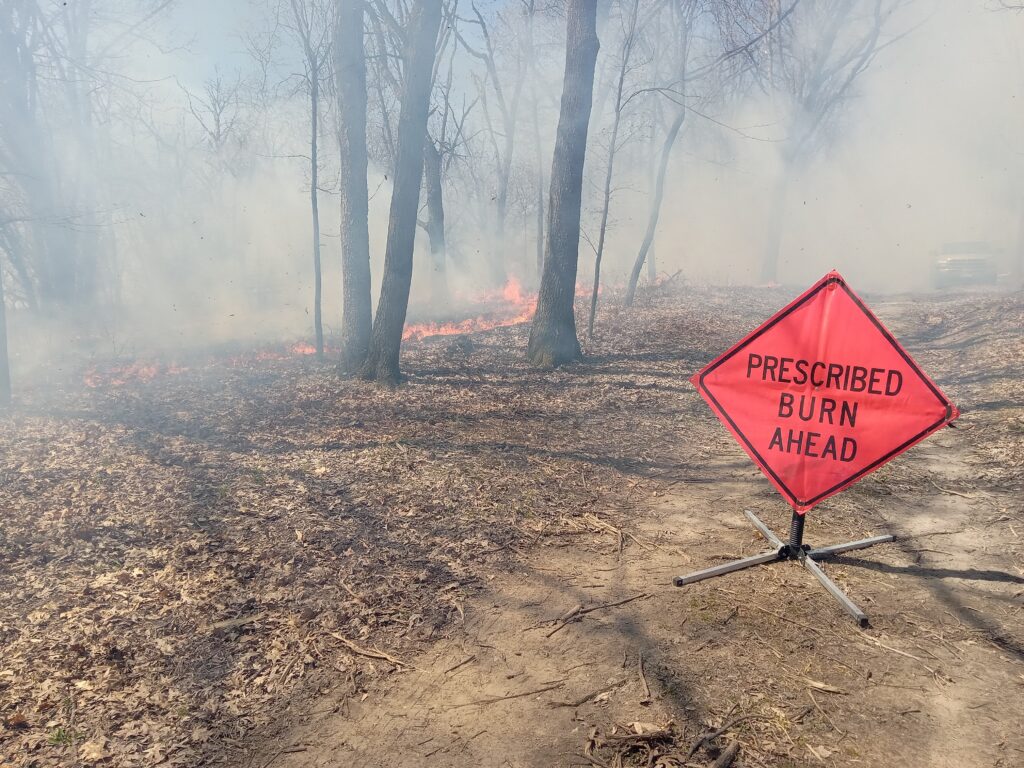
They scale tall trees in order to cut down troublesome branches–becoming acrobats of the sky and of the rustling leaves–in order to keep the forest healthy and safe for human patrons. And, on the ground level, they also cut down trees that are 50+ feet tall, lifting and hauling the debris off trails to keep everyone safe from harm.
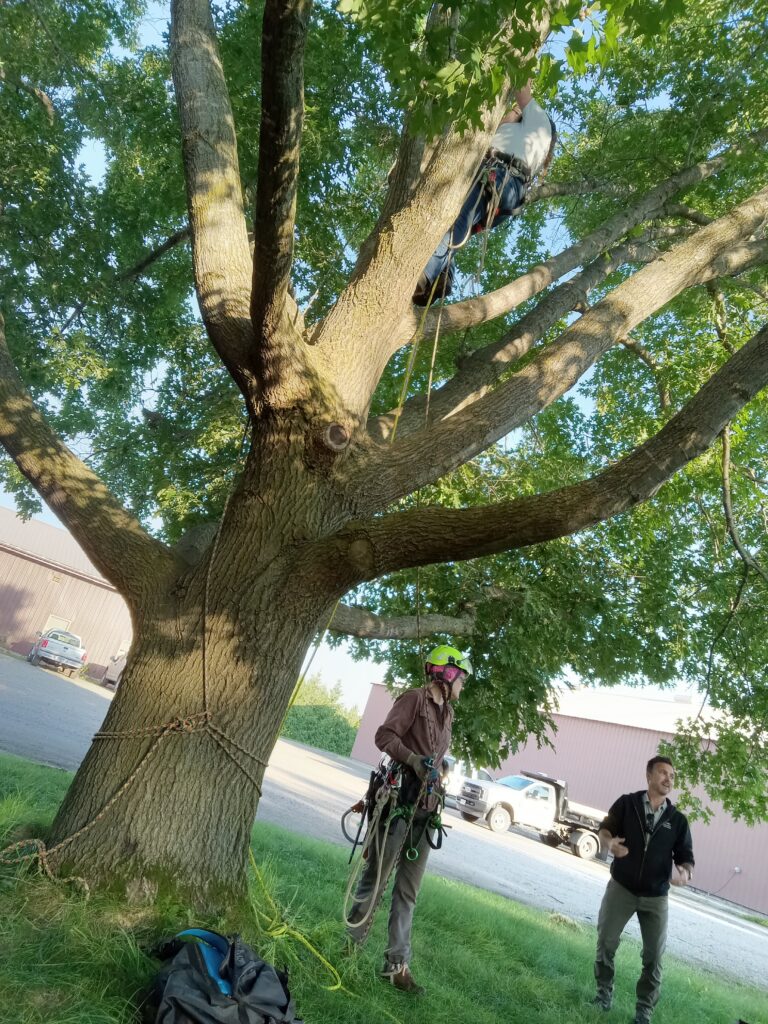
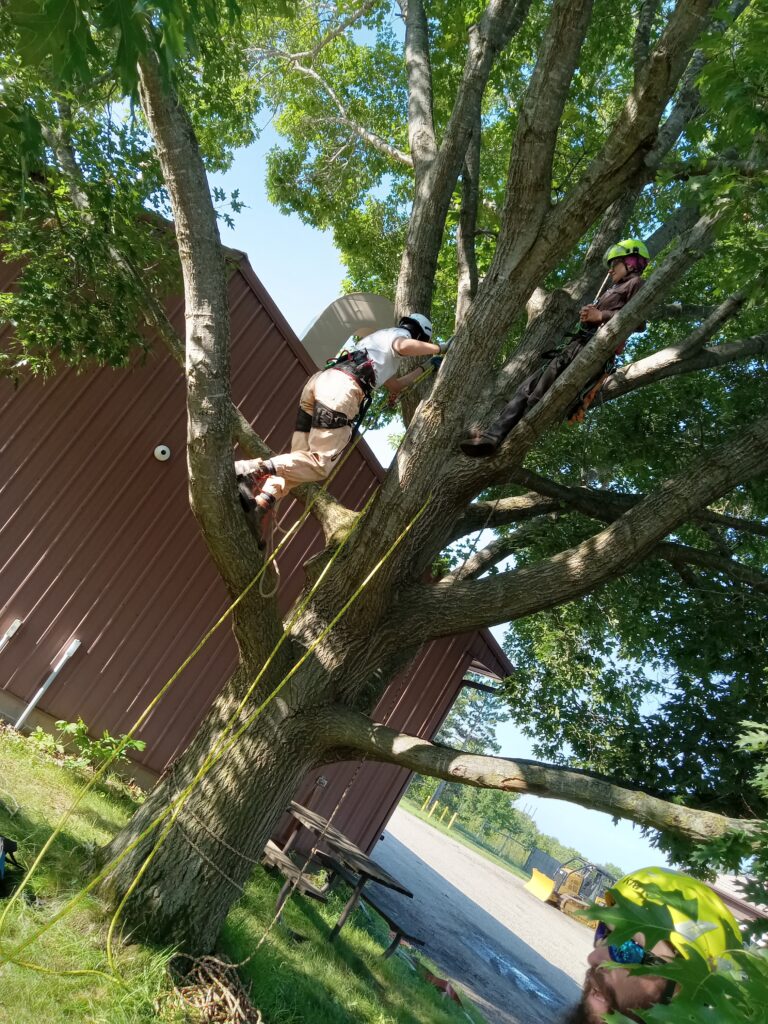
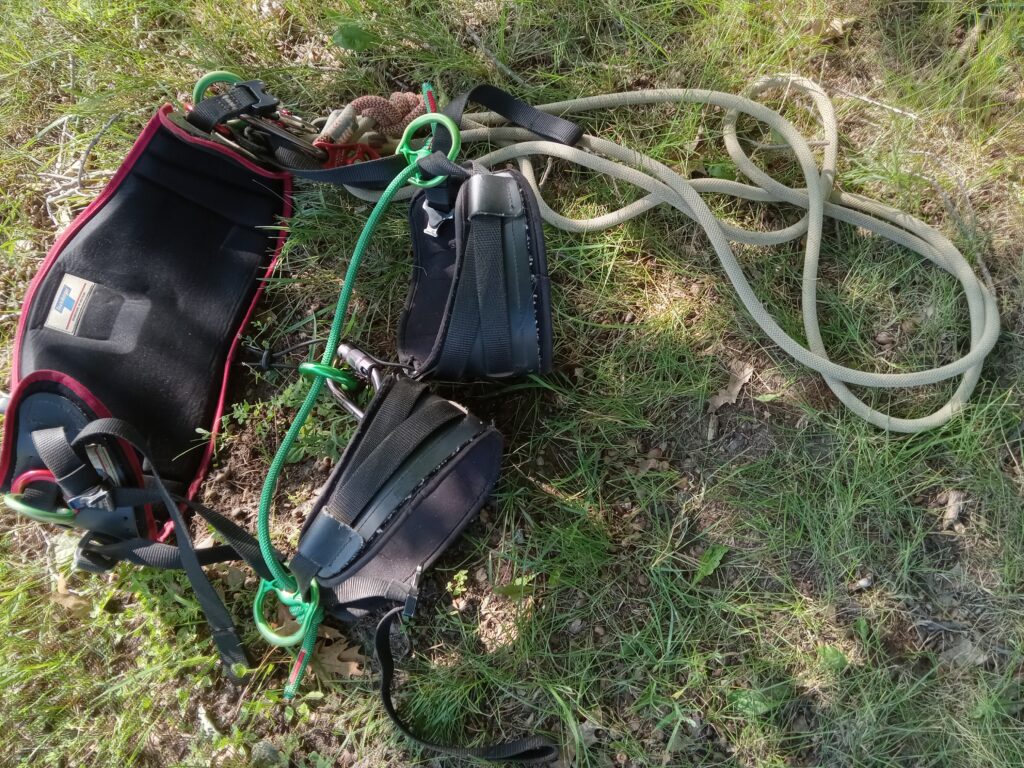
They scour forests, marshlands, and prairies maintaining the balance of nature by eradicating invasives that threaten the native ecosystem. This means constant attention, scanning the ground and trees for hours on end, climbing over and under any natural obstacles that arise, squeezing between branches of Prickly Ash with 1/4 inch long thorns, startling wildlife just as much as it startles you.

And, they gather hundreds of thousands of seeds from the landscape come fall in order to move forward with conservation projects across the Park District in the coming years. This involves a process called ‘cleaning’ which makes the planting and growing methodose more efficient by eradicating any gathered elements of the plant that are not involved in the reproductive process. Viable seeds are also separated from those that may be damaged or diseased at this time if/when the process is feasible.
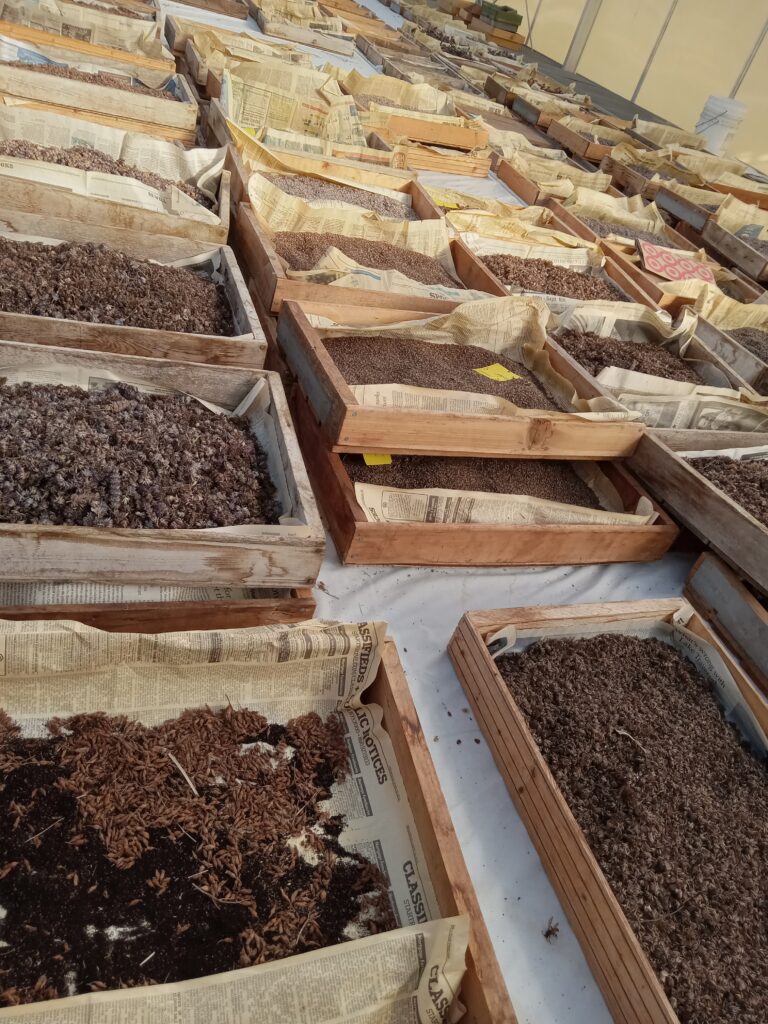
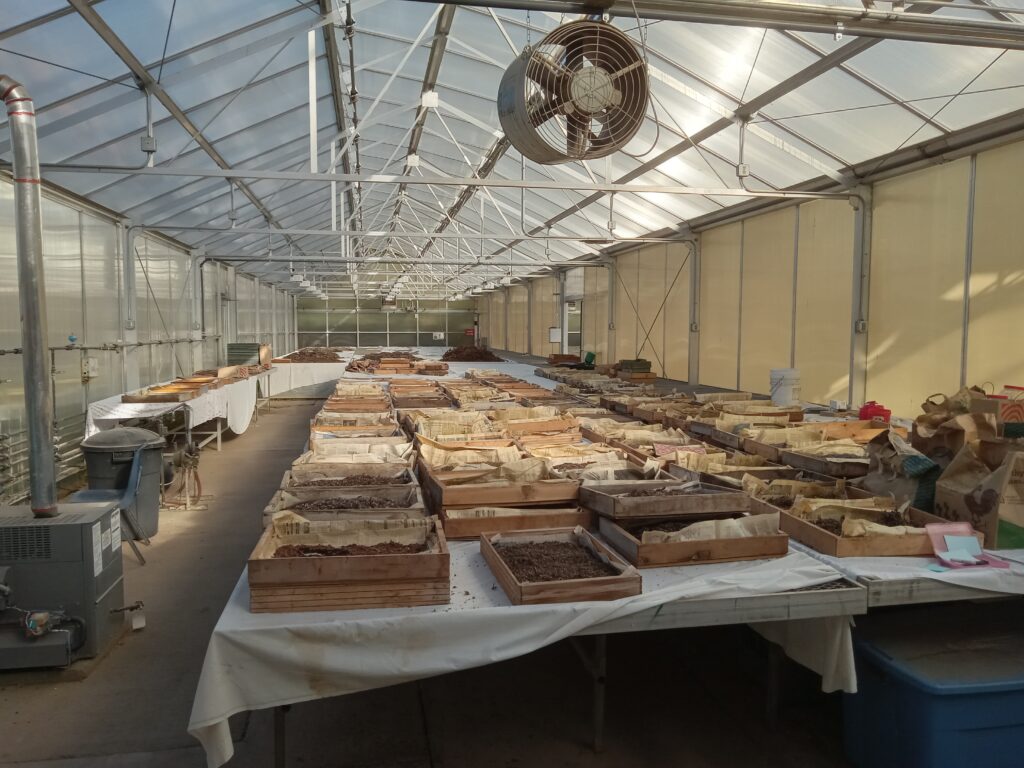
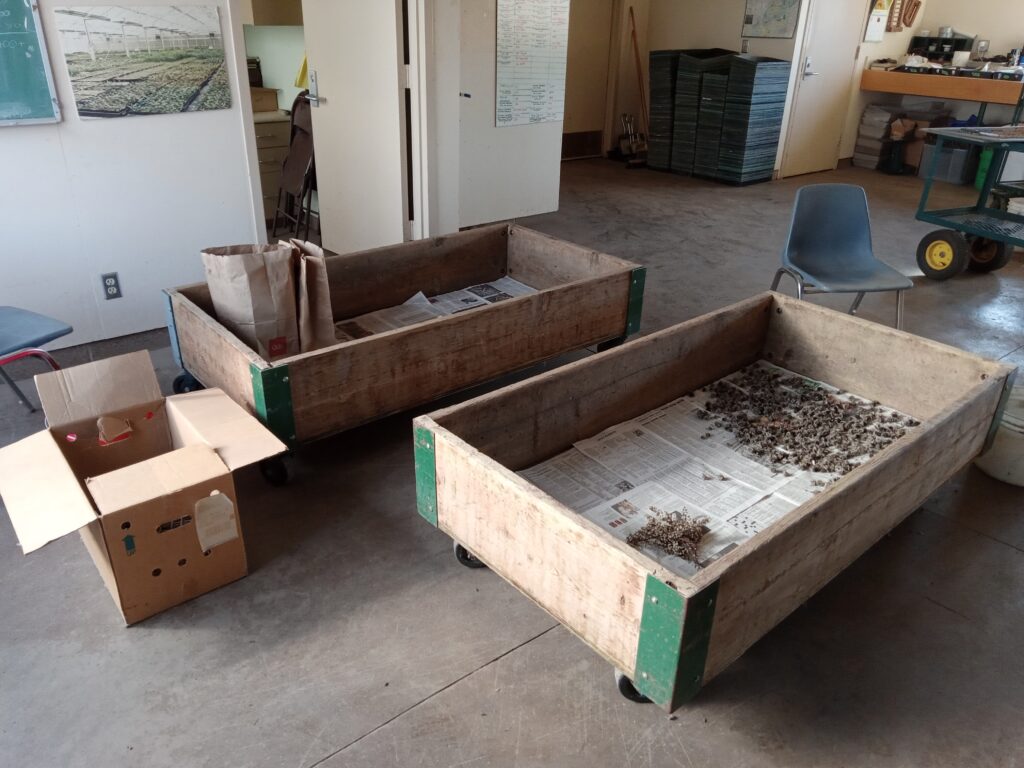
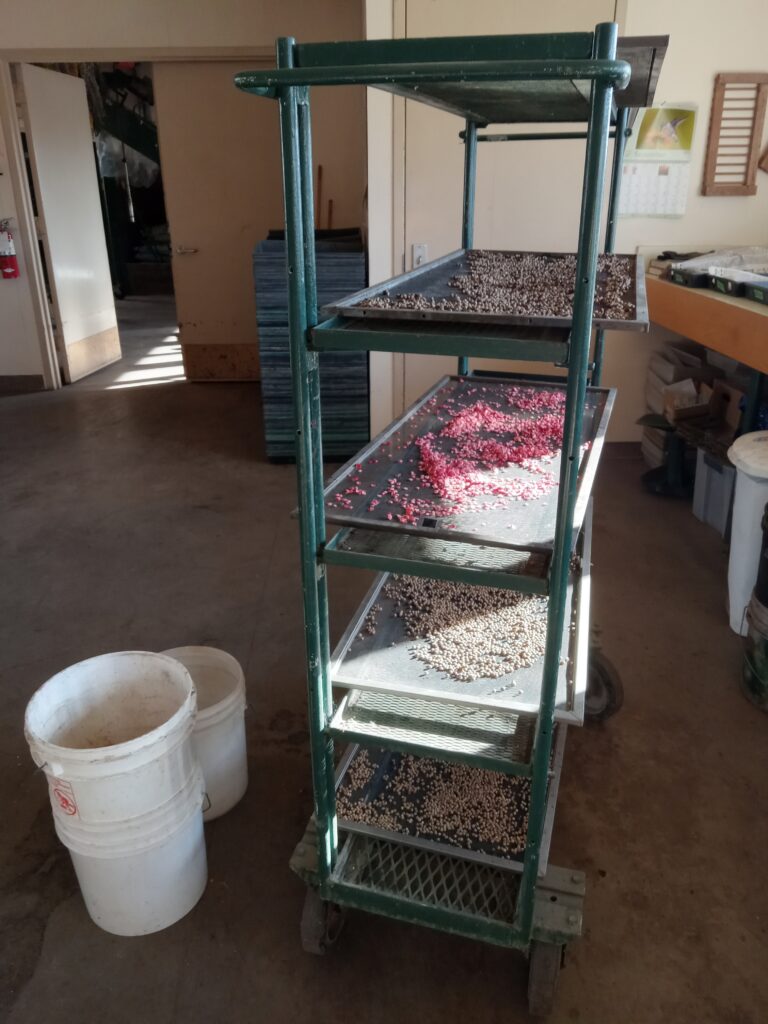
They are masters of countless specialized tools in the name of environmentalism and can also throw together a nice potluck in the spirit of conviviality.
Natural Resource Conservationists deserve respect for the hard work that they put in. This article barely even skims the surface as to the depths of scientific exploration and research that occurs naturally throughout the process of their day to day machinations as they work to keep the planet safe, maintaining nature’s balance.
Check out the Conservation Corps of Minnesota and Iowa if assisting in this area of science aligns with your research goals. Check out the Conservation Corps of Minnesota and Iowa if you want to serve outdoors with a purpose.